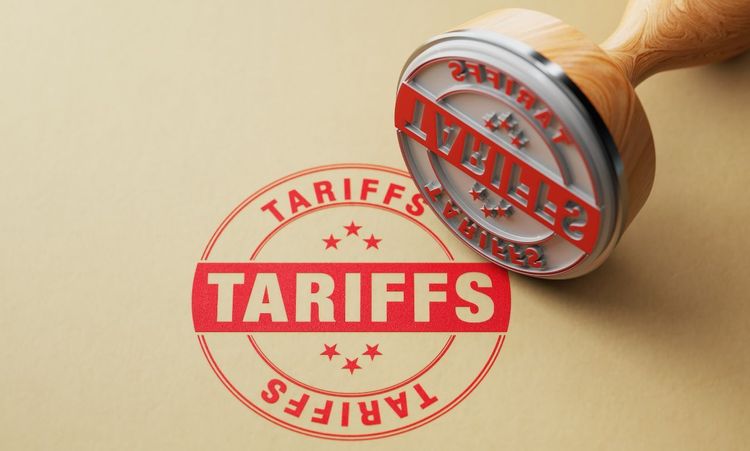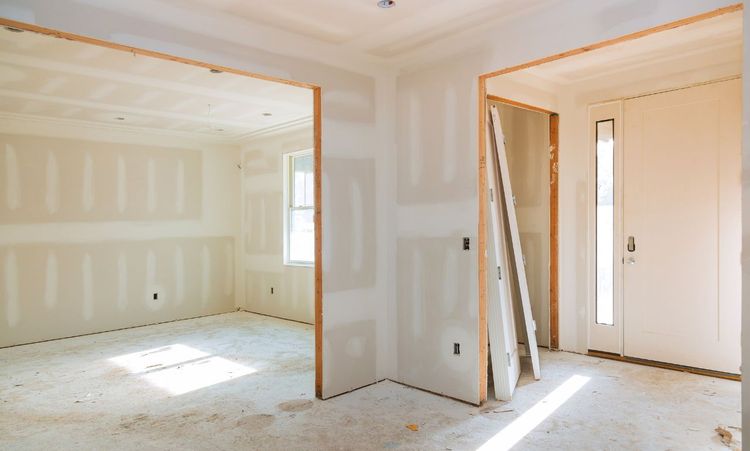In 2025, tariff policies are reshaping the real estate landscape. Investors face new cost pressures as duties on imported materials climb. This article explains those impacts and offers strategies for thriving. You'll discover how construction budgets swell, housing affordability shifts, and creative investors seize opportunities. Ready to adapt your portfolio? Let's dive in.
Impact of Tariffs on Building Costs
Rising Costs of Construction Materials
Tariffs often hit lumber, steel, and concrete imports. In early 2025, U.S. duties on Canadian softwood lumber rose by 15% under Section 232. A Denver developer reported that framing bills increased by $12,000 per home this spring. That squeeze forced him to delay three townhome projects until costs stabilized. When raw-material prices climb, labor bids follow suit. Contractors pass on higher expenses, shrinking profit margins for investors.
Delays and Disruptions in Construction Projects
Higher duties also slow supply chains. A Miami builder noted container shipments of luxury fixtures stalled at ports for weeks. That delay cost the project a summer completion. In turn, delayed deliveries push out rental income and sales closings. When schedules slip, holding costs—such as insurance, loans, and utilities—accumulate. Investors juggling tight returns must build schedule buffers or face margin erosion.
Effects on Housing Affordability
Pressure on Home Prices
As developers' costs rise, those increases are passed on. Buyers in Atlanta saw listing prices climb 8% from January to May 2025. Real data from the National Association of Realtors confirms a 6.7% year-over-year price uptick in the Southeast. First-time buyers struggle when mortgage rates hover near 5.5%, and with higher down payments and monthly dues, affordability becomes increasingly unattainable.
Those pricing shifts reduce buyer pools. Some households postpone purchases, opting to rent longer. That boosts multifamily demand but depresses single-family sales volumes. Regional markets with high import reliance feel the pinch most sharply. In Texas, where steel-intensive builds dominate, land developers cropped lot deliverables by 20%.
Rental Market Impacts
Tight inventory pushes more renters into the market. A Chicago property manager reports 12% rent growth so far in 2025. That gain stems partly from would-be buyers forced to stay renters. Urban cores now see bidding wars on apartments under $1,500 per month. Investors in rental units reap higher cash flow. Yet, ethical questions arise when rising rents strain the resources of low-income tenants.
Strategies for Real Estate Investors
Adapting to Economic Conditions
Savvy investors update pro formas to reflect tariff-driven cost rises. In practice, that means adding a 10–15% cushion for construction budgets. Before breaking ground, obtain material quotes that include all applicable duties. Negotiate fixed-price contracts with suppliers where possible. Doing so locks in costs and reduces the risk of surprise overruns.
Refinancing existing debt can also help. With rates still relatively low, converting short-term loans to longer terms spreads obligations over time. A Dallas office investor refinanced a $5 million bridge loan at 4.8%, saving $30,000 monthly. Those savings offset the increases in imported curtain-wall systems.
Strategic Investment Positioning
Look for markets with strong local material production. Regions near quarries or steel mills face less tariff exposure. For example, projects within 100 miles of Tennessee’s steel plants are exempt from many duties. Invest in modular construction firms that use factory-made panels—often exempt from port tariffs. Those systems also speed up build time.
Consider value-add deals in existing properties. Upgrading mechanical or cosmetic features requires fewer imported inputs. An Indianapolis renovator swapped imported quartz countertops for locally engineered stone. The project remained on budget and continued to appeal to premium renters.
Smart Property Management Practices
Communicating transparently with tenants builds goodwill. When maintenance parts run scarce due to trade holds, explain delays promptly. Offer rent incentives for lease renewals instead of rate hikes. A Seattle multifamily operator offered two free months for early renewals, retaining 90% of tenants despite cost spikes.
Proactive capital planning also reduces surprises. Schedule periodic condition assessments and bulk-order everyday replacement items, such as roof membranes and HVAC filters, in advance to ensure timely replacements. Buying ahead locks in better pricing and avoids last-minute scare premiums.
Opportunities Amidst Challenges
Identifying Growth Potential
Slow-growth markets often hide pockets of opportunity. When large developers pause new construction, small players can acquire land at discounts. In Phoenix, one investor bought two undeveloped lots 20% below appraised value this summer. He plans to build two high-end townhomes when tariffs ease.
Special-use sectors, such as self-storage, also gain traction in uncertain times. Those builds utilize simpler steel structures and often qualify for state-level duty exemptions. A Midwest operator added five storage facilities in Q1 2025, benefiting from high pre-leasing rates. With less upfront competition, returns soared.
Leveraging Slow-Growth Economic Environments
In slower markets, cap rates may compress less than in overheated regions. That creates relative value for buyer pools with lower competition. A Boston investor acquired a small office block at a 7% cap rate, compared to the typical downtown rate of 6.2%. The yield spread accommodated tariff-induced expense upticks.
Meanwhile, public-private partnerships for infrastructure or affordable housing sometimes secure tariff waivers. Engaging in such programs reduces owner costs. In Atlanta, one mixed-use development project secured a waiver for exterior curtain walls under a federal innovation pilot program. That cut development costs by $200,000.
Conclusion
In 2025, tariffs will continue to be a defining force in real estate investing. Rising import costs threaten budgets and slow project timelines. But informed investors adapt through careful budgeting, strategic sourcing, and creative deal structuring. Rental markets may tighten, yet yield opportunities in value-add and special-use sectors. By staying nimble and data-driven, investors can thrive even when global trade policies shift.




